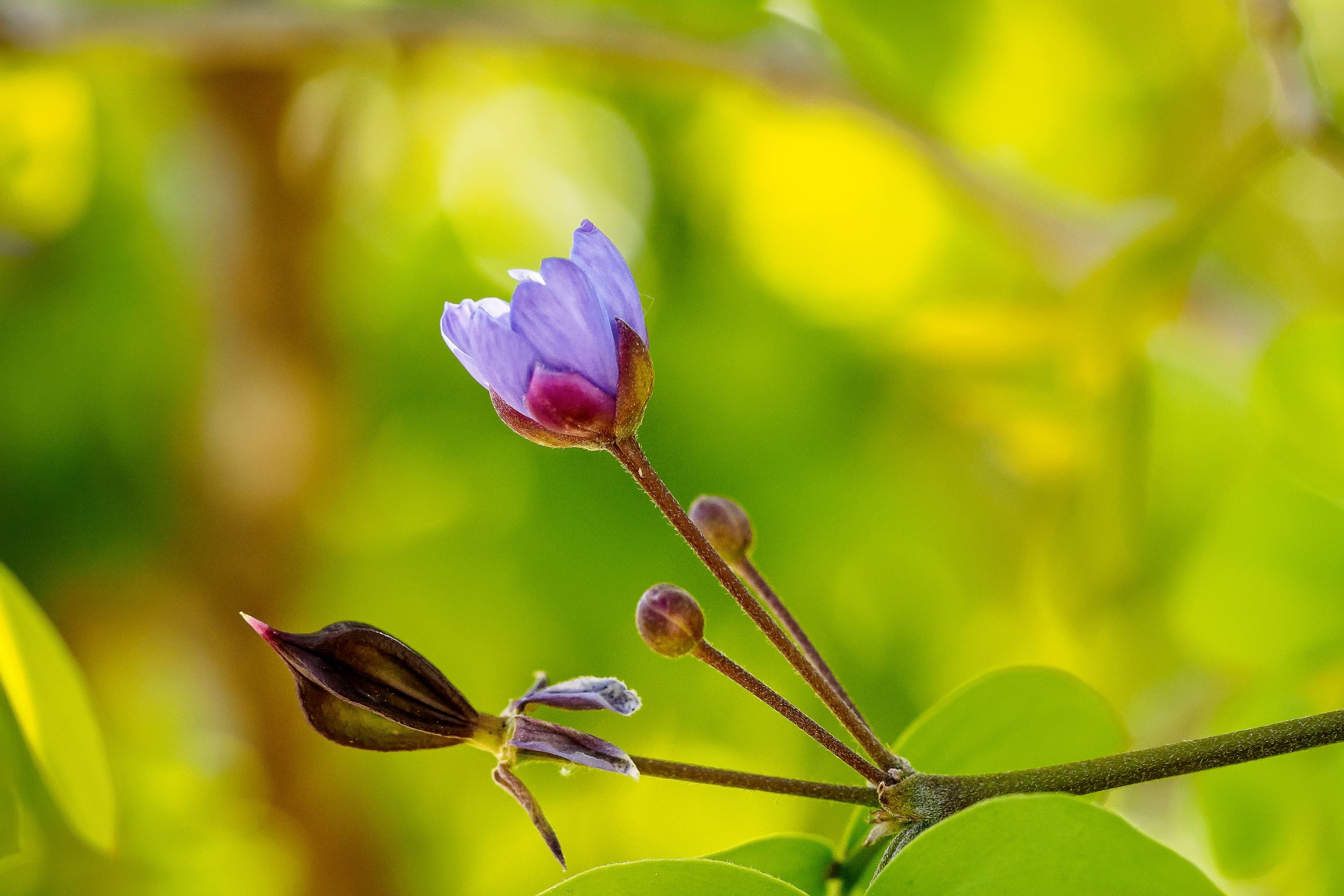Holywood lignum-vitae
(Guaiacum sanctum)

Description
Guaiacum sanctum, commonly known as holywood, lignum vitae or holywood lignum-vitae, is a species of flowering plant in the creosote bush family, Zygophyllaceae. It is native to tropical America, from Mexico through Central America, Florida, the Caribbean, and northern South America. It has been introduced to other tropical areas of the world. It is currently threatened by habitat loss in its native region, and as such, is currently rated near threatened on the IUCN Red List. Guaiacum sanctum is the national tree of the Bahamas. The native Taíno of the Caribbean referred to the tree as guayacán. The common English name is a direct translation of the Spanish "palo santo" (not to be confused with Bursera graveolens). Francisco López de Gómara as well as Oviedo make reference to the specific species as such in their respective histories of the New World. It earned its name during the time of the Spanish conquest of the New World for its use treating syphilis, whose effects recalled the "evil" of the Black Death. Its scientific name is a Latinization of the Taíno guayacán as well as the word sanctum, meaning holy. This small tree is slow-growing, reaching about 7 m (23 ft) in height with a trunk diameter of 50 cm (20 in). The tree is essentially evergreen throughout most of its native range. It is shade-tolerant. It fruits between the age for 30 and 70 years over the summer months in the Northern Hemisphere. The wood is hard, heavy and self-lubricating, and has a Janka Hardness Score of 4500,which is one of the hardest in the world. It can sink when placed in water. There are fine ripple marks on the wood. The leaves are compound, 2.5–3 cm (0.98–1.18 in) in length, and 2 cm (0.79 in) wide. They are dark green in color and occur as three to five pairs of leaflets.They fold together during the hottest parts of the day. The purplish blue flowers have five petals each. They can grow individually or in clusters at the ends of branches.The flowers have both male and female parts (stamens and pistils) and yield yellow pods containing black seeds encapsulated separately in a red skin.
Taxonomic tree:







